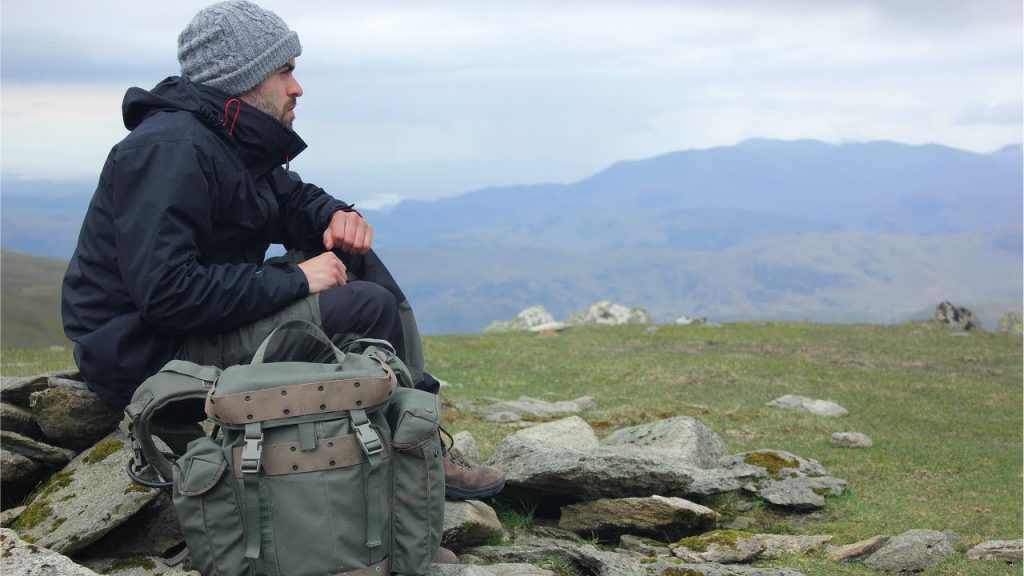Saturation Diving- You’re in a different world

“My deepest was 621 feet”
When you drop out into the unknown – and you think, I could be the first person that’s actually stood here. You’re in a different world. I love Sat diving. I’m home now for two months and I can’t wait to get back offshore right now. “
What is saturation diving and how is it different from conventional diving?
Saturation Diving: You’re in a Different World
Diving enthusiasts and professionals are always in search of new and challenging experiences underwater. Saturation diving is one such endeavor that takes diving to new depths, challenging the limits of human endurance and technology. Saturation diving is a technique used by commercial divers, mainly for conducting underwater construction, inspection, repair, and maintenance work on gas and oil rigs, shipwrecks, and scientific exploration.
So, what is saturation diving? It is a diving method that involves living and working underwater in a pressurized environment for an extended period. It is different from conventional diving as divers are subjected to high pressure for long periods, allowing them to carry out tasks continuously, without the need for decompression stops. Saturation diving involves establishing a pressurized living chamber, often a saturation diving vessel, connected to a diving bell or a “wet” bell, which allows divers to work on the ocean bottom without needing to resurface constantly.
The life and work of saturation divers are unlike that of recreational and conventional divers. They become acclimatized to living in a hyperbaric environment, usually for periods of up to three weeks, at depths of up to 200 meters or more. Saturation-diving operations are carried out for 24 hours, and work shifts can last up to eight hours a day. The divers work long hours, and their job becomes physically and mentally demanding.
Saturation diving is not for the faint-hearted as divers face many challenges while they work. The high pressure and lack of sunlight can cause extreme discomforts such as headaches, dizziness, and fatigue. To prevent these, divers are fed a nutrient-rich diet, and a strict watch is kept on their physical and mental health. They are continuously monitored for signs of exhaustion, nitrogen narcosis, decompression sickness, and other conditions that may become dangerous if left undetected.
Moreover, saturation diving requires specialized equipment and technology that can withstand the immense pressure at depth. The diving chambers and the divers’ suits are designed to withstand significant pressure changes and protect the divers from the cold and other underwater hazards. The devices used for communication, welding, cutting, inspection, and cleaning must also function efficiently in these conditions.
Despite the challenges, saturation diving offers experiences like no other in the world. Saturation divers work in a realm that few people ever get to experience. The creatures that inhabit the deep-sea environment are unique, and the beauty of the underwater landscape is breathtaking. Divers working on underwater pipelines or repairing a subsea structure often encounter marine life that is not found elsewhere, and their work can contribute to scientific research as well.
In conclusion, saturation diving takes professional diving to a whole new level of exploration and adventure. Divers who brave the high pressure, intense work environment, and limited physical contact with the outside world come out stronger and more experienced. Their work creates a path for scientific research, and they play a vital role in offshore construction and maintenance work. It may seem like a dangerous, intense job, but for saturation divers, it’s just another day in a different underwater world.









Tiny House That Sleeps 4 people! | Airbnb Tiny Home Tour!
Van Life with Wee Man | Converted Mercedes Sprinter
27 YEARS Living Off-Grid on a Self-Built Island Homestead
THE MOST INSANE TENTS THAT ARE ON ANOTHER LEVEL
Oscars 2020 Reaction | Shocking Truth Hollywood Babylon